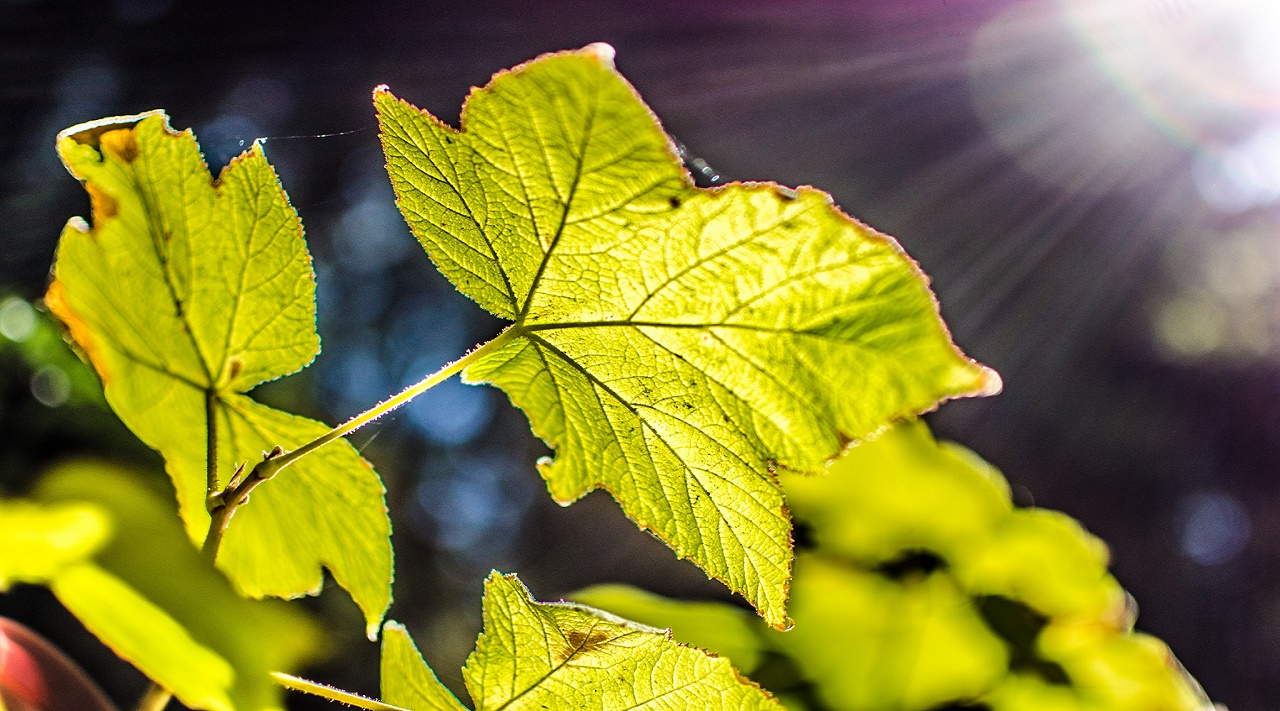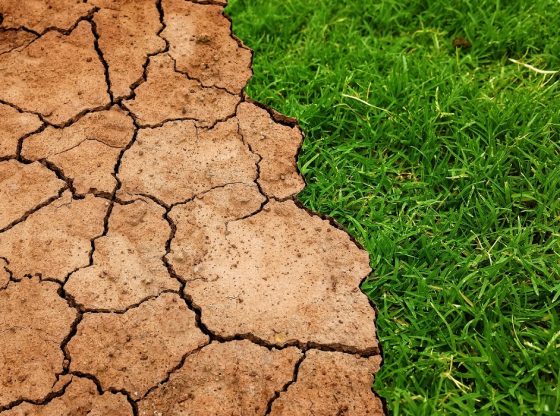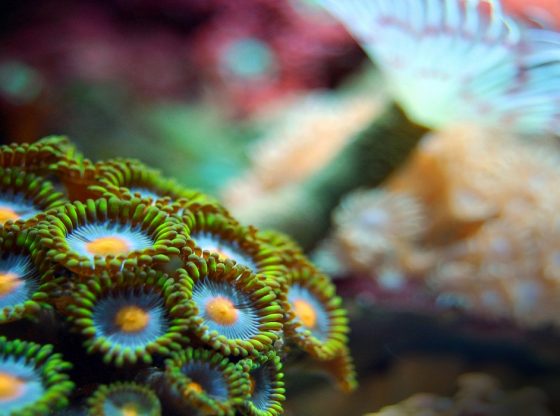
Plant photosynthesis has become more effective with increased carbon dioxide in the air during the last century. But the effect is counteracted by higher temperatures.
A team of researchers has analyzed how increasing carbon dioxide levels during the last century have influenced plant photosynthesis.
Fertilization Effect
Their results show that during the whole of the 1900s, the increasing CO2 in the air had a “fertilization effect” on plant life.
However, they also note that this effect will be offset by future temperature increases since high heat hampers photosynthesis efficiency.
More Efficient Plants.
The Swedish team of researchers analyzed spinach, fireweed and sphagnum using nuclear resonance spectrometry.
The resulting data indicates that the higher carbon dioxide levels have made photosynthesis more efficient and plants bind more carbon dioxide today than what they did in the past.
It is estimated that plants worldwide today are taking up nearly one-third of all the carbon dioxide that we release by burning both fossil and non-fossil carbon fuels.
This is not the first study to indicate a “fertilizing effect” by increasing carbon dioxide, as we wrote two years ago, an Australian study published in the American Geophysical Research Letters made the same conclusion but used a very different method of scientific analysis.
Positive Turns to Negative
However, this positive effect will not continue as carbon dioxide levels increase – on the contrary. The researchers expect the efficiency to decline as higher temperatures have an opposite effect on photosynthesis.
This is due to simple physical reasons, the warmer it is, the less carbon dioxide dissolves inside the plant cells, where it becomes available for photosynthesis.
Therefore, it cannot be expected that more carbon dioxide in the air would give us higher agricultural yields in the future.
_____________
Ehlers et al: “Detecting long-term metabolic shifts using isotopomers: CO2-driven suppression of photorespiration in C3 plants over the 20th century“, PNAS 2015. DOI:10.1073/pnas.1504493112.
__________________________






















